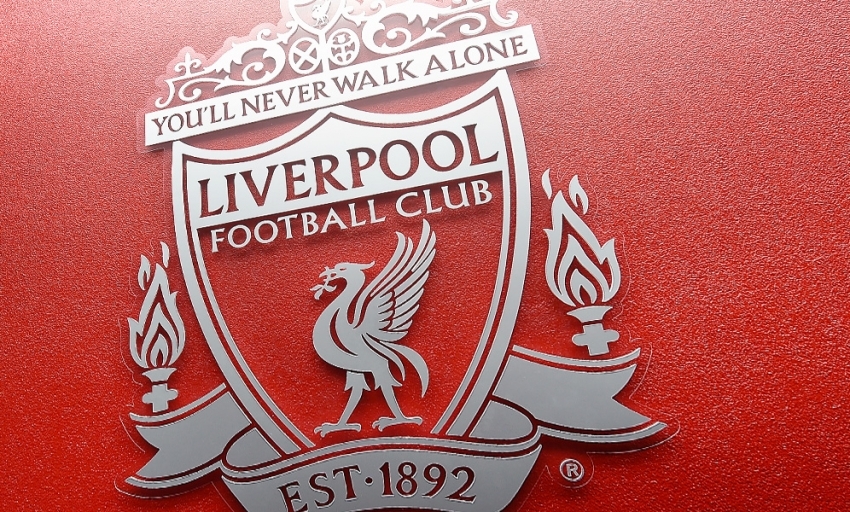Hillsborough inquests - December 1
The Hillsborough inquests commenced on March 31, 2014 and are the subject of reporting restrictions that have been imposed by the Attorney General's office. Liverpool Football Club is respectful of these restrictions and will therefore only be making available updates from other media channels for the duration of the inquest.

The report below - and the witness testimony contained within it - does not necessarily reflect the views of Liverpool FC. Please be aware that the reports on these pages will contain evidence about the day of the disaster which may be distressing.
To view archive reports from each day of the inquest hearings, click here.
Courtesy of the Liverpool Echo - December 1
A retired police officer told the Hillsborough inquests he was "reassured" to see the former match commander arrive at the ground after the disaster.
But the court, in Birchwood Park, Warrington, heard the comment was removed from liaison officer Stephen Sewell's statement.
Mr Sewell, who was responsible for liaising between the police, ambulance service and Sheffield Wednesday Football Club, told the court he saw Brian Mole, David Duckenfield's predecessor, arrive at the ground when he was debriefing officers at about 4.30pm.
He told the court it was "reassuring" to see the former commander.
He said: "Well we knew that when he was there, he would organise everything and everything would just run as good as it could do."
The jury was shown an amended version of Mr Sewell's original witness statement in which a number of sentences had been crossed out.
One of the lines which had been removed referred to Mr Mole.
It said: "He then took control of events. Many officers through the next 12 hours or so expressed comment that it was reassuring to see Chief Superintendent Mole."
Mr Sewell told the court he was in the gymnasium when bodies started to be brought from the pitch but did not know the cause of the disaster at that time.
He said: "I didn't hear that over the radio for some time.
"When fans and police officers started bringing injured people and people that were dead towards the area where we were, we still did not know - well, I did not know and the people around me did not know - what the cause was."
He described the situation as "chaotic".
He said: "When they started bringing in the bodies initially, it might have been half a dozen or what have you, you couldn't have comprehended at that time that they were going to keep coming with such vast numbers."
Mr Sewell was asked whether, in his role as liaison officer, he had gone to find any ambulance officers.
He said: "They should have come to the gym, that was the place for them to come to."
He also told the court he did not go to the police control box to see if he could assist with coordinating the response.
Christina Lambert QC, counsel to the inquests, said: "What I'm driving at, Mr Sewell, is a simple point, it is whether or not you, as the liaison officer, because that is how you are described in the match order, had any job in the event of a major incident over and above doing your best to assist individual casualties?"
Mr Sewell said he did liaise with ambulance officers when they came to the gymnasium.
But, he told the court that he thought the emergency response to the disaster, in which 96 people died, was good.
He said: "Once the system started to get going, everything seemed to go OK."
The inquests continue.



